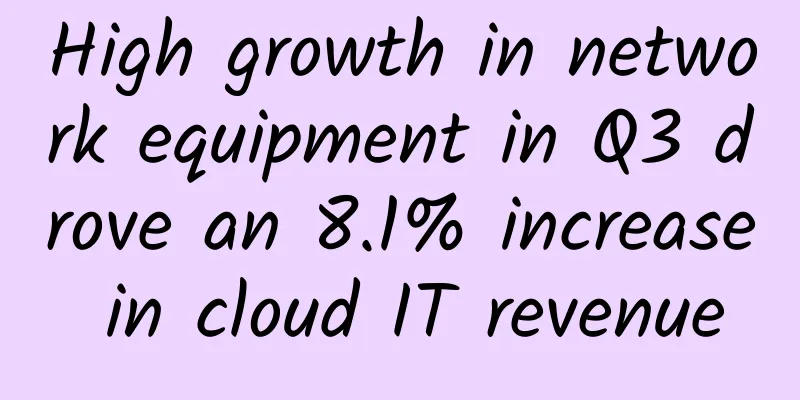Which collaboration metrics determine the business value of an application?

|
The criteria for evaluating the business value of collaboration tools are not well defined because these tools are marketed for the cloud and purchasing decisions are based on operating costs rather than capital expenditures. As consumable services, products such as Unified Communications as a Service (UCaaS) do not need to be reviewed for return on investment (ROI) like investments in hardware. Cost savings is a common metric for measuring business value, but it is not a realistic driver of Unified Communications as a Service (UCaaS) and collaboration purchasing decisions.
As a result, performance metrics for UCaaS and collaboration are primarily actionable, reflecting usage and adoption. These metrics help IT departments assess how UCaaS and collaboration tools are being used in the organization, but they don’t truly measure business-level impact, such as whether collaboration efforts are leading to better decisions or measurable outcomes. The value of these metrics should be self-evident, but has not yet been apparent because they are difficult to quantify. Currently, operational metrics are the best standard for judging the value of collaboration tools. Organizations need to consider two sets of collaboration metrics. IT metrics measure resource usage The first set of collaboration metrics is IT technology-related as it relates to resource usage. These metrics include a broad set of network diagnostics that track factors such as how collaboration applications affect bandwidth usage, application traffic on the enterprise network, and quality of service (QoS). Quality of Service (QoS) helps show how the audio and video quality of the collaboration applications deployed by an organization outperforms the consumer-grade applications chosen by end users. Another important resource for tracking usage is conference rooms. Collaboration applications provide valuable metrics to measure which conference rooms are being used, how long they are likely to be used, how many participants, and at what time of day. Collaboration metrics for employee use and adoption The second set of metrics looks at both end-user activity and adoption of each collaboration application. At the end-user level, IT can track who is using the applications and how they are being used. Key examples include the number of end users participating in meetings, how long the meetings were, where they were held, and with whom. The metrics also provide insights into the modes employees use to collaborate (such as voice, video and messaging) and the features used for team work, such as file sharing, co-browsing, screen sharing and content creation. IT departments have never had this much detailed information before, so it takes time to determine which metrics provide the most value. This is undoubtedly a better starting point than the organization has today with legacy standalone applications, and the effort in making this decision is certainly worth it. |
<<: Under the trend of "new infrastructure", the cybersecurity industry is booming
>>: 2G/3G will be phased out soon, and NB-IoT will start to take over
Recommend
How does network latency occur?
Network latency Network delay refers to the time ...
Riverbed is your smarter choice to accelerate your business with the power of digital experience management
[Original article from 51CTO.com] In the context ...
5G latency is less than 1 millisecond and will it replace Wi-Fi? Not true!
As the fifth generation of mobile communication n...
Pivo: $5/month KVM-4GB/40G SSD/2TB/Phoenix Data Center
Pivo claims to have started in 1997(?). The merch...
Oh my god, you don’t even know how to use API Gateway!
[Original article from 51CTO.com] From the evolut...
Accelerate the release of new infrastructure value with data as the core
[[341973]] Yu Yingtao, Co-President of Tsinghua U...
Xiaoyu Yilian's full range of new products are officially released to ignite the nuclear fusion of the audio and video conferencing industry
On August 2, the 2017 Xiaoyu Yilian E=mc² new pro...
How do Internet giants achieve load balancing and high availability? You will understand after reading this article
[[284447]] 1. What is load balancing? What is loa...
The role of active optical networks in enhancing data transmission
While fiber will always be the primary network, t...
F5 Future
[51CTO.com original article] Expert introduction:...
[11.11] BGP.TO Japan Softbank/Singapore CN2 server 35% off monthly payment starting from $81
BGP.TO announced a promotion during this year'...
ProfitServer: 50% off VPS in Hong Kong/Singapore/Russia/Spain/Netherlands/Germany, starting from $2.88 per month for unlimited traffic
ProfitServer recently offered a 50% discount on s...
There is a 1024-bit bug. The TCP data packets are so annoying!
1. Background Recently, I encountered a particula...
Deny 5G and believe in Starlink? IQ is a good thing
Not long ago, a foreign artist "made" a...
RackNerd: $14.89/year KVM-1GB/20GB/3TB/Los Angeles MC Data Center
RackNerd is a foreign VPS hosting company founded...









